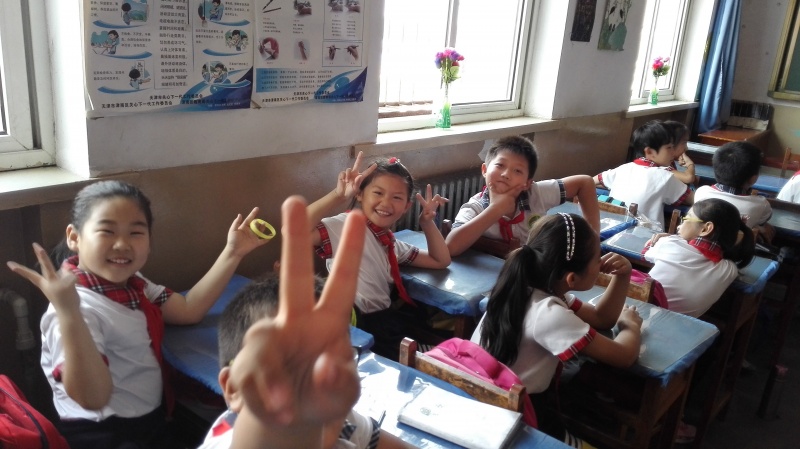| Line 597: | Line 597: | ||
<a href="https://static.igem.org/mediawiki/2016/6/6d/T--Tianjin--attitude2.png" data-lightbox="no" ><img src="https://static.igem.org/mediawiki/2016/6/6d/T--Tianjin--attitude2.png" alt="" style="width:100%;height:300px"></a> | <a href="https://static.igem.org/mediawiki/2016/6/6d/T--Tianjin--attitude2.png" data-lightbox="no" ><img src="https://static.igem.org/mediawiki/2016/6/6d/T--Tianjin--attitude2.png" alt="" style="width:100%;height:300px"></a> | ||
| − | </figure><br/><br/> | + | </figure><br/><br/> |
| − | <a href= | + | |
| + | <a href="https://2016.igem.org/Team:Tianjin/Community/Society">Click here to see the full results.</a> | ||
<br/><br/> | <br/><br/> | ||
<p class="data" style="color:#344525;font-size:18px">Through the survey, we realize that a majority of people have noticed recent severe plastics pollution and are not satisfied with existing disposal methods. They look forward to a better way to control the ‘white pollution’. Besides, in terms of technology of ‘white pollution’ control, most people have knew something about biological plastics degradation and think highly of it. They hope that scientists will do further research. From the survey we also notice the public consciousness of ‘white pollution’ and how urgent and necessary we should fix this problem. At the same time, it reinforces our confidence and enthusiasm to solve it using biological method. We will definitely make great efforts to explore and figure out something meaningful to live up to public expectation.</p> | <p class="data" style="color:#344525;font-size:18px">Through the survey, we realize that a majority of people have noticed recent severe plastics pollution and are not satisfied with existing disposal methods. They look forward to a better way to control the ‘white pollution’. Besides, in terms of technology of ‘white pollution’ control, most people have knew something about biological plastics degradation and think highly of it. They hope that scientists will do further research. From the survey we also notice the public consciousness of ‘white pollution’ and how urgent and necessary we should fix this problem. At the same time, it reinforces our confidence and enthusiasm to solve it using biological method. We will definitely make great efforts to explore and figure out something meaningful to live up to public expectation.</p> | ||
Revision as of 03:16, 15 October 2016
Our Competence for Engagement Prize

Based on the definition of public engagement, which the myriad of ways in which the activity and benefits of higher education and research can be shared with the public, we team Tianjin iGEM 2016 conducted the mission of scattering the concepts of PET degradation, synthetic biology and iGEM competition to ordinary people.
Education
Middle School
On Sep.18th, we departed for Dagang No.1 Middle School. We gave a lecture to students about iGEM and our project this year. They thought that knowledge in books is traditional and out of date, iGEM could make them get in touch with the cutting-edge knowledge of synthetic biology. Finally we invited them to visit our laboratory and conduct some experiments.
University
On September 27th, five members of our team went to TUST and gave a speech about what is synthetic biology and how to set up a iGEM team. Since the term of iGEM competition is almost a band new term for them, they showed great interests and talked with us enthusiastically. They claimed that they would recruit members this semester and register for a team next year.
Engagement Ⅰ:Debate
To make the ordinary students engaged in iGEM, we team Tianjin together with Beiyang Environment-Protecting Association held a debate competition discussing ethical issues provoked by the application of synthetic biology, aiming to publicize the conception of synthetic biology and arouse attention to biotechnology.
The debate began at 20 p.m., Sep.28th and lasted for an hour. The topic was whether it is safe to curb environmental pollution with artificial modified bacterium. Our team members were invited as special guests to watch this intense competition. During the interval, we gave out iGEM handbooks and souvenirs to audience. After that, we made a brief introduction of synthetic biology and our project.
Generally speaking, the debate was very successful. We were delighted to collaborate with Beiyang Environment-Protecting Association. It was glad to see that everyone participating in the game were intrigued by this subject. The successful hosting of the debate epitomized our great publicity of synthetic biology.

Debater

Hostess

FreeDebating
Engagement Ⅱ:TEDA Eco Centre
Engagement Ⅲ :Social Media
We team Tianjin contacted Team Pasteur, Team Pittsburgh, Team Valencia UPV, Team Virginia and Team NTU about the collaboration in July. Then we established and led a survey union with the support of them. We asked each team submit two or three questions about their own project and one question about synthetic biology or iGEM, and integrated the questions to the final version questionnaire.
Then, we posted it on twitter and facebook, many iGEMers participated in it and many iGEM teams reposted it on their homepage. We are very delighted to see their enthusiasm which encourages us a lot!

Engagement Ⅳ :Questionnaire Survey
We have investigated the daily use of plastic products and the attitude of people toward the biodegradation of plastic through questionnaire.
The following pictures are our partial results.

Click here to see the full results.
Through the survey, we realize that a majority of people have noticed recent severe plastics pollution and are not satisfied with existing disposal methods. They look forward to a better way to control the ‘white pollution’. Besides, in terms of technology of ‘white pollution’ control, most people have knew something about biological plastics degradation and think highly of it. They hope that scientists will do further research. From the survey we also notice the public consciousness of ‘white pollution’ and how urgent and necessary we should fix this problem. At the same time, it reinforces our confidence and enthusiasm to solve it using biological method. We will definitely make great efforts to explore and figure out something meaningful to live up to public expectation.



































